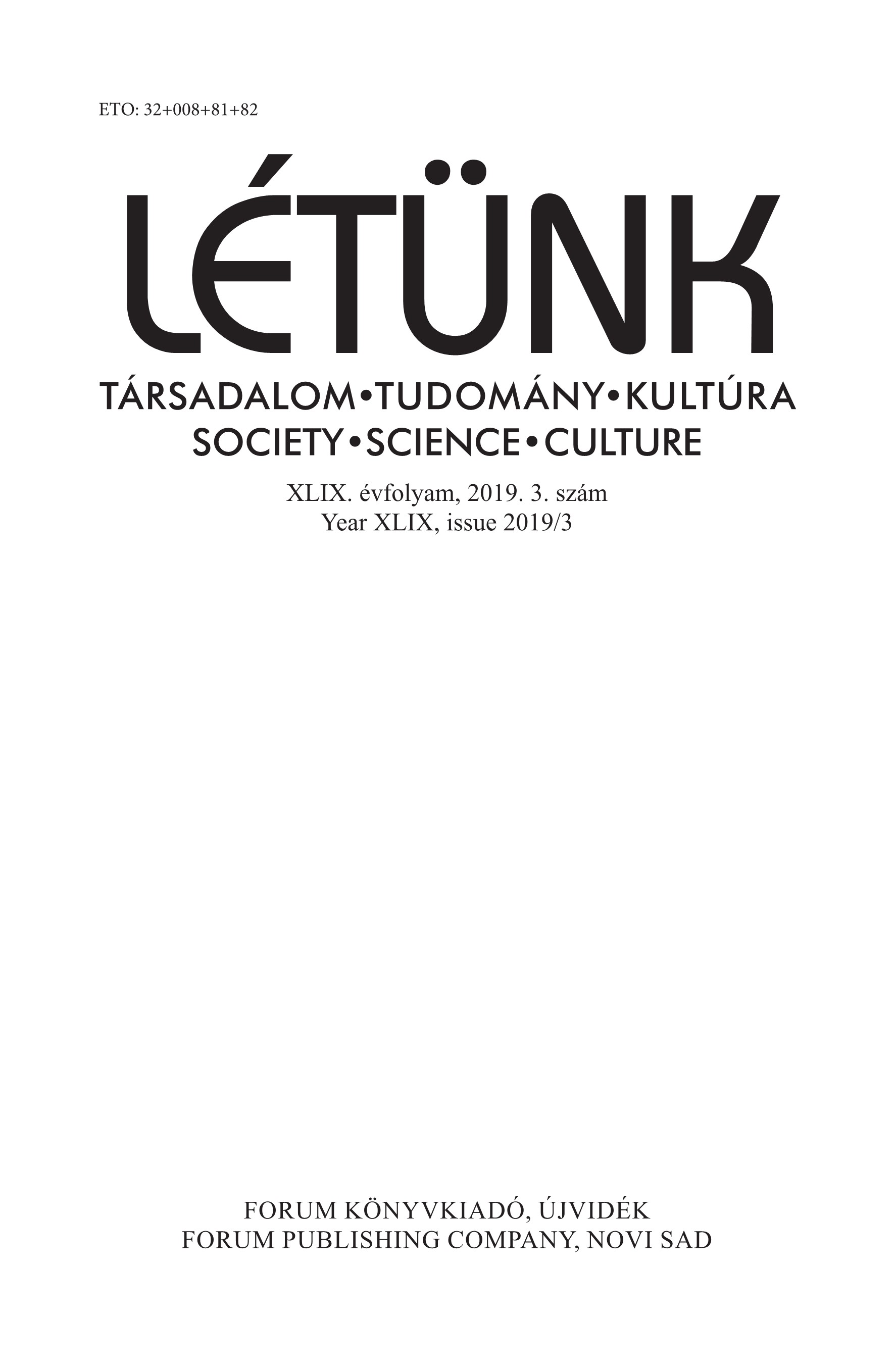A vallási tisztaság és tisztátalanság a menstruáló nőnél
Religious Purity of Women during their Menstrual Cycle
Author(s): Orsolya SeregélySubject(s): Cultural Anthropology / Ethnology
Published by: Fórum Könyvkiadó Intézet
Keywords: menstruation; ritual purity; taboo; tradition; religious traditions; religion; women; modern taboos
Summary/Abstract: My paper discusses the ritual purity and impurity of women, especially during their menstruation cycle. The research is based on bibliographical data and does not only describe the main taboos connected to menstruating women in archaic societies, but also the different eras and religious traditions. The attitudes towards these women is also described, the main taboos, restrictions, traditions and furthermore, how these traditions and taboos represent women generally. The study distinguishes two major attitudes. The first one being when menstruating women are found dirty and dangerous; while, the second one when they are found strong and powerful. I will introduce some examples of both these theories, so they can be easily differentiated while discussing this topic. I haven’t only been using religious texts, but multiple works from authors in anthropology and feminism as well, and thus enriching my research. I would like to mention an anthropologist author, Joseph Brown and his work about the Oglala Sioux Indians; and Mary Douglas’ work Purity and Danger, which is discussing the question of purity. These two literature pieces made a major impression in elaborating the depths/layers of my work. Woman, blood, and menstruation are symbols, that are either interesting in the aspects of religion and cultural anthropology. These symbols are surrounded by taboos, which are related to each other, sometimes in contradictions, and with different attitudes. Through my research, I will be highlighting some traditions, habits, and taboos that are connecting cultures with religions, and even so in analogical form, but can be found in the modern era. My study is based on a comprehensive research.
Journal: Létünk
- Issue Year: XLIX/2019
- Issue No: 3
- Page Range: 137-162
- Page Count: 26
- Language: Hungarian

